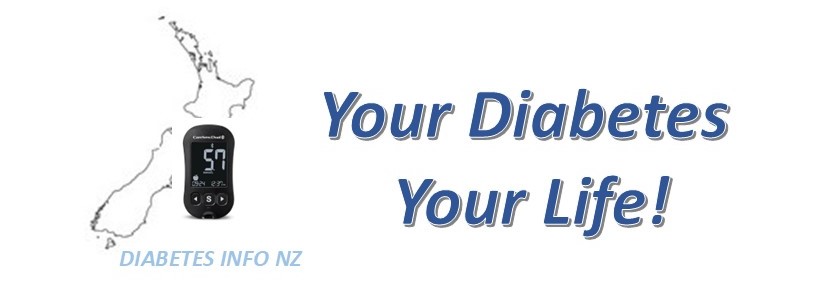Type 1 Diabetes
Type 1 Diabetes is currently classified as being diabetes caused by autoimmune destruction of the insulin producing beta-cells, that are found in the pancreas.
The precise reasons for why this occurs are still not confirmed, despite many decades of research. We know that there is a complex interplay between genetic and environmental factors; we also know that we can predict risk for certain individuals. But for the most part Type 1 diabetes continues to affect people seemingly randomly, often out of the blue, and with apparently no warning.
What does it mean?
A diagnosis of Type 1 diabetes can occur at any age. It means the body is no longer able to make and secrete insulin. Without insulin the body is not able to use glucose, which is our principle energy source; insulin needs to be administered by injection or continuous infusion for survival. The insulin dose needs to be balanced with food, physical activity and other variables, on a daily basis.
It’s Big!
It’s often all too easy to look back and think, “Aaah yes! That makes sense…” But with the immediacy of a diagnosis, and potentially life-changing implications, we have to acknowledge this is Big.
It is Big if you are the parent of a newly diagnosed child; it is Big if you the newly diagnosed child; it is Big if you are a young adult; and it is Big if you are an older adult (especially if you are mis-diagnosed with Type 2 initially, simply because of your age!)
If it wasn’t Big, millions of people like myself would not be globally pulling together to collectively support each other and advocate for better lives for all of us affected by diabetes.
Page updated: April 2025
Other pages in this section:
